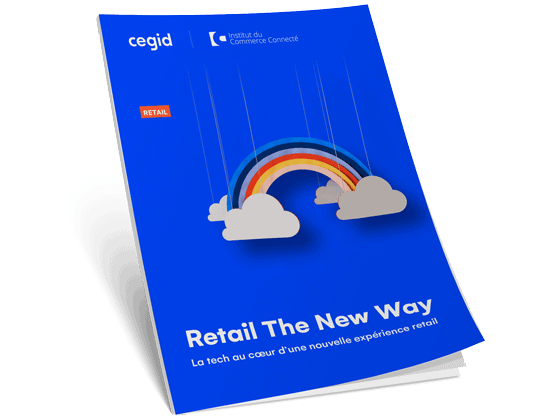Retail & Distribution
Retailers’ Guide to Omnichannel Product Returns
6 november 2020

One of the essential customer journeys they must provide is simple, frictionless product returns. Returns remain a top concern for shoppers: 86% look for easy returns, and 81% will switch to competitors after a bad return experience, according to IHL Group. Since COVID-19 store lockdowns and operating restrictions, the temporary loosening of returns policies and the surge in e-Commerce transactions have all added complexity to the return experience.
That’s on top of the existing challenges of managing omnichannel returns. Retailers using free e-Commerce returns as a sales driver must absorb the high shipping costs associated with these policies. While steering customers to return those items in-store can save money, IHL Group also found that retailers experience a 5.5% average margin loss if the in-store return process is not optimised.
However, retailers can recapture 70% to 83% of those lost margins by optimising returns, IHL says.
They can get there by establishing a solid retail IT infrastructure that includes a built-in order management system (OMS), as Cegid does. Many retail leaders have already made substantial investments in such omnichannel capabilities. Those that have leveraged their OMS’s centralized view and streamlined processes can pivot quickly to accommodate the sudden market shifts.
Cegid customers from small and mid-size to large retailers can achieve this same agility by deploying an all-in-one centralized solution such as Cegid Retail with its built-in Order Management.
The Complexity of Returns
Along with a surge in e-Commerce comes an increase in digital shopping behaviors such as bracketing — buying multiple sizes or colors with the intention of returning the extras. Returns fraud, such as wardrobing or returning a counterfeit item, also becomes more impactful.
In addition, retailers must contend with these concerns:
- Consumer expectations for a speedy and a seamless returns experience have not relaxed despite the pandemic.
- Returned goods must now be quarantined before anything can be done with them.
- Returned merchandise continues to lose value the longer it takes to reach its intended destination.
- In the case of lockdowns, there is potential for a significant backlog of returns upon stores’ reopening, although this was in fact less of an issue than had been expected after the first lockdown in Europe.
- Data silos, desynchronization and delays in the returns process can lead to double refunds, undetected fraud or refund delays that alienate customers.
- Retailers are often unable to harness their data to discover the customer and product insights needed to minimize returns.
These issues are difficult to overcome with a disparate, non-integrated IT infrastructure, putting these retailers at a significant disadvantage when it comes to returns and many other aspects of today’s retail business.
How OMS Optimizes Returns
Leveraging an OMS helps retailers overcome these challenges so they can deliver the easy, fast returns experience consumers crave, no matter how they choose to make the return. A well-designed OMS, such as the Cegid Retail’s Order Management, addresses product returns on two levels.
First, an OMS brings automation and visibility to the returns process to reduce the time and costs of processing a return. Whether the transaction is initiated online or in-store, the Order Management module can match the return to a sales transaction, if the retailer chooses to do so, which ensures compliance and reduces risk. The OMS also references a single, centralized source of data, eliminating the errors and delays that stem from poor integration and siloed systems. This allows retailers to process transactions faster and at lower risk, satisfying customers and maximizing the value they recoup from the returned item.
Cegid’s Order Management will also, leverage Cegid Retail’s DOM module and apply its smart allocation module based on algorithm to returns. This will help retailers make on-the-spot decisions about how to deal with a returned item at the moment it’s received. Based on factors such as inventory levels and stock rotation, it will recommend whether to sell the item at the store, add it to a batch transfer or group the return with other product flows.
Cegid Retail, with its DOM and replenishment modules will also inform a second major benefit: helping retailers make smarter choices on what to sell, in what volumes, and how to allocate that inventory according to demand. Retailers will make smarter decisions by clearly analyzing sales from a specific store, country, state or region compared to other areas. Closer alignment between supply and demand will reduce the need for returns.
Agility Wins
Retailers able to pivot with a fast-changing market, while still accommodating key consumer expectations such as fast, easy returns, are the clear winners in the age of COVID-19. According to IHL, retail leaders are 1.6 times more likely than below-average retailers to have up-to-date technology in place for retail returns. A flexible, centralized retail platform incorporating a well-designed , Order Management, is essential to address consumers’ high returns expectations, along with many other aspects of an omnichannel retail experience.



